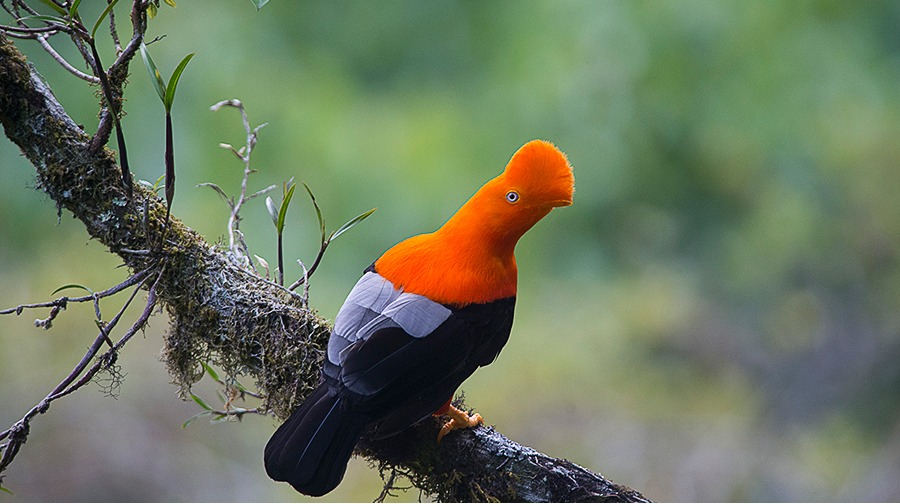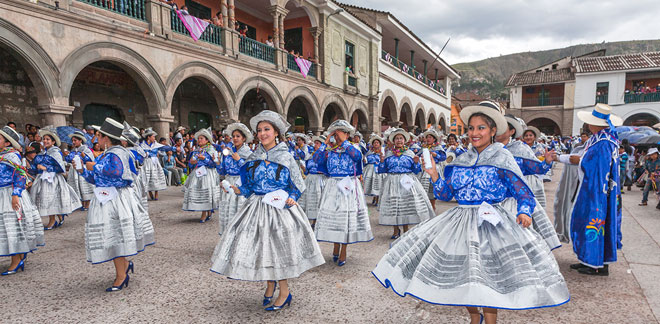Yanachaga Chemillén: photos that will make you fall in love with this paradise located in Pasco
Síguenos en:Google News
In the Central Jungle of Peru, a place that is home to impressive wonders of nature, we find the Yanachaga Chemillén National Park, a protected area of wonderful scenic beauty that not only serves as the entrance to the Peruvian Amazon, but represents a unique experience to discover and interact with wildlife.
Located in the province of Oxapampa (Pasco), Yanachaga Chemillén National Park was created in 1986 to conserve ecosystems with a rich diversity of flora and fauna, some of which are endangered and others in a vulnerable situation.
Pleistocene Shelter
If there is something that predominates in Yanachaga Chemillén, it is the forest-covered mountains furrowed by deep canyons. Thanks to its altitudinal variation and climatic diversity, it has different ecological formations which generate an extensive biological variety.
This natural area is considered a "Pleistocene shelter" because it is home to forest species that are scarce across the planet; this is the result of geographic isolation in a period of geological history that resulted in severe climatic changes.
Flora and fauna
At this spot we can find various species of mosses, ferns, orchids, bromeliads, shrubs, reeds and trees such as the ulcumano, the diablo fuerte ('strong devil'), the walnut tree, the cedar and the nut of Peru, among others. There are also palms of different genera, species and plants such as cat's claw and rocoto.
As for its fauna, it presents species of Andean and Amazonian origins from the lowland jungle to the highland jungle. The presence of the capybara, the white lizard, the jaguar, the puma, the choro monkey and the lowland paca; as well as the spectacled bear, the northern pudu, the oncilla and jaguarundi. Also to be found here are Puna species like the gray deer, the Andean fox and the skunk, among others.
As far as birds are concerned, 527 species have been recorded, including the toucan, the cock-of-the-rock or tunki, the harpy eagle, the Amazonian motmot and the dusky-legged guan.
New discovery
At the end of November 2018, researchers from the New York Botanical Garden and the Federal University of Paraná discovered six new plant species: Macrocentrum andinum, Meriania rubriflora, Miconia palcazuana, Miconia yanachagaensis, Triolena rojasae and Triolena vasquezii, belonging to the Melastomataceae family.
These species are found mainly in tropical areas and are characterized by their berry fruits that are an important food source for birds and various species of mammals.
More scenic beauty
This national park has other tourist attractions worth highlighting. The Huancabamba canyon, formed by the erosive effect of the river of the same name, is one of them. In the San Daniel area, located in the northern part of the park at an altitude of some 11,800 feet above sea level, are the San Daniel and Grapanazú canyons, where it is possible to view a 'waterhole' typically associated with humid grasslands.
Did you know?
- The Yanachaga Chemillén National Park holds a rich cultural diversity since the populations of three communities can be found in its buffer zones: the Yánesha ethnic group, immigrants from the central highlands and settlers of European origin.
- This area is one of the four natural protected areas of Peru, selected as highly irreplaceable across the world for “multi-taxa" conservation (amphibians, birds and mammals).
- The name Yanachaga comes from the Quechua word for black, and Chemillén from the Yánesha word for burned.
Sources: Sernanp/ Minam/ Municipalidad de Oxapampa/ enperu.org/ aboutespanol.com








